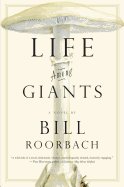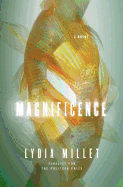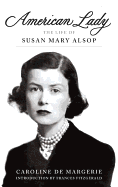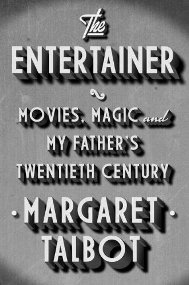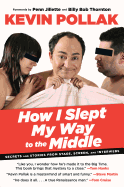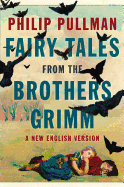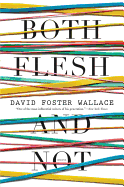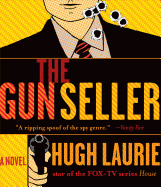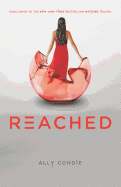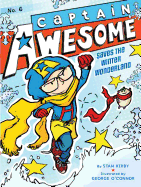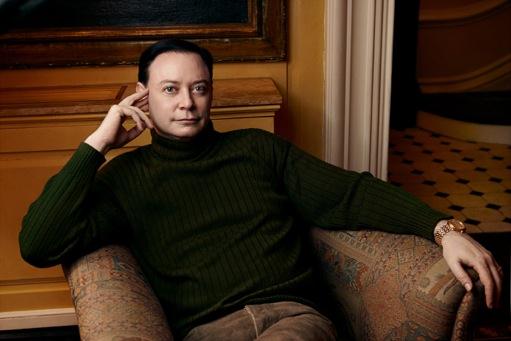 |
| photo: Annie Leibovitz |
|
Andrew Solomon is the author of the novel A Stone Boat and The Noonday Demon: An Atlas of Depression, which won the 2001 National Book Award, among other prizes, and was a Pulitzer finalist. He has just come out with a monumental work, Far from the Tree: Parents, Children, and the Search for Identity (Scribner, November 13, 2012). He lives in New York and London with his husband and children.
Solomon took 10 years to write Far from the Tree, working with 40,000 pages of interview transcripts from conversations with 250 families. The book encompasses many forms of "difference," from physical to emotional, from genetic to environmental, from "illness" to "gift," weaving together a compelling, moving presentation of humans and humanity, proving that "difference is what unites us."
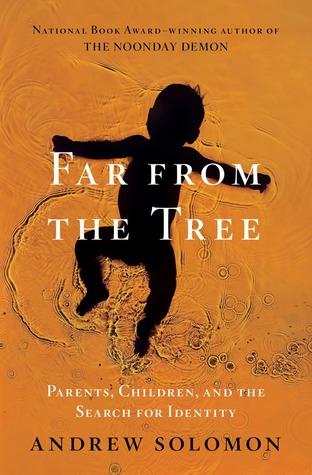 You've written a book that covers a huge range of topics, of "differences." Tell us how you came to this.
You've written a book that covers a huge range of topics, of "differences." Tell us how you came to this.
I worked on an article about Deaf culture for the Times about 15 years ago, and I was struck that most deaf children are born to hearing parents who try to normalize them by giving them skills in lip reading and oral communication. Many of those children find it impossible to function in the hearing world, and when they discover Deaf culture in adolescence, it is a great liberation for them. It was a story that had some resonance for me as a gay person; gay people, too, are born to parents to whom their condition is foreign, and they have to learn identity from a peer group. Then a friend of a friend had a child who was a dwarf, and I learned that most dwarfs are born to parents of average height, and as this mother began to describe her concerns, I suddenly saw that it happens over and over again, that parents have children who bewilder them, and that children must learn who they are by meeting similar peers. In the end, I chose to look at some conditions usually described as illnesses (deafness, dwarfism, Down syndrome, autism, schizophrenia, multiple severe disabilities) and some usually described as identities (prodigious genius, conception in rape, criminality, being transgender), and concluded that we can describe any way that human beings are as an illness or as an identity, and that understanding the subtle play between the two is crucial to emerging into dignity. Everything is an illness and everything is an identity, and we should strive to bear witness to the entanglement of those two points of view. Parents who do so end up loving their children well and helping them profoundly.
On a personal level, I especially liked the chapter on autism, having worked for years with autistic children. There's been much debate on its definition and boundaries. What is your take on this?
I think this is really a debate about terminology. The people who argued for removing the Asperger's diagnosis from the DSM observed, correctly, that there is no bright line between autism and Asperger's. But there is also no clear line between autism and eccentricity, or autism and mathematical ability. In the popular imagination, Asperger's is geekiness, and autism involves nonverbal children who bang their heads against the wall, but there's a wide spectrum of symptoms and it's hard to say exactly who is higher-functioning than whom. Is someone with full use of language but no idea what is of interest to the people with whom he is conversing really more disabled than someone with no language but better social instincts? I don't particularly champion the line as previously drawn between Asperger's and so-called "classic autism," but I think that by lumping everyone together, we do the population a grave disservice, because the diagnosis now applies to so many people with such varied needs. Medical progress is evidenced by nuance, and this is a means of sacrificing such subtlety to a gross generality. If the old categories were weak, they required further refinement, not elimination.
How did you manage all of the research, your thinking, the writing, the organization? A span of 10 years--when it's done, you're almost a different person. Did the direction of the book change as you waded through so much source material?
I approached the writing with a plan--and then it all changed, and then it changed again, and again, and again. I always think that there's something a little comical about the way people sell books on the basis of a proposal, because a book that is the same after years of research and writing as it was when it was proposed is generally a pretty dull book. If you knew enough to make your arguments before you did your research, then why did you bother doing it? There's a deductive method, in which you start with arguments and then find out what they imply, and an inductive one in which you agglomerate experiences and then see what they mean, and I'm definitely an inductive writer. I think I drove my family crazy by coming home about once a month and saying, "I've finally figured out what this book is about." And if I hadn't forced myself to stop researching and write it all down, I'd probably keep inflecting the arguments until the end of time. But if did finally take some kind of coherent shape--or at least, it seems coherent to me.
What are you planning to write next?
At the same time that I was writing this book, I was working on a Ph.D., and I turned in my thesis in September. It's about how women emerge into maternal identity, and for my research, I found a cohort of 24 women and interviewed each before the birth of her first child, just after, and then going forward every six months. The children are now four and half, and I'm keeping the project going, and I will use this material as the basis for a new book, in which I argue that early motherhood, long held to be natural and ideal, is actually only the precursor to the profound relationship that develops with time, and that becomes easier once the mother has recovered from the shift into motherhood. --Matthew Tiffany, counselor, writer for Condalmo
Andrew Solomon: Illness or Identity
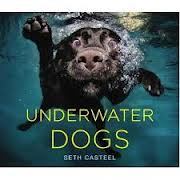 Underwater Dogs by Seth Casteel (Little, Brown) will make you smile. There is no way dogs underwater can look noble as they lunge for balls. They look either goofy or ferocious, determined to get that ball or just blowing bubbles. Photojournalist Robin Layton has compiled dog owners' missives to their pets in A Letter to My Dog (Chronicle Books). Sweet, poignant, heartfelt--the love songs to the dogs are perfectly complemented by Layton's tender photographs.
Underwater Dogs by Seth Casteel (Little, Brown) will make you smile. There is no way dogs underwater can look noble as they lunge for balls. They look either goofy or ferocious, determined to get that ball or just blowing bubbles. Photojournalist Robin Layton has compiled dog owners' missives to their pets in A Letter to My Dog (Chronicle Books). Sweet, poignant, heartfelt--the love songs to the dogs are perfectly complemented by Layton's tender photographs.



 You've written a book that covers a huge range of topics, of "differences." Tell us how you came to this.
You've written a book that covers a huge range of topics, of "differences." Tell us how you came to this.
